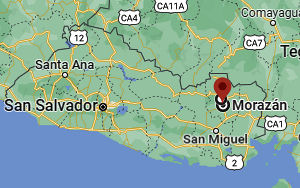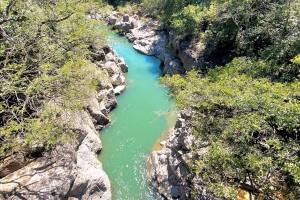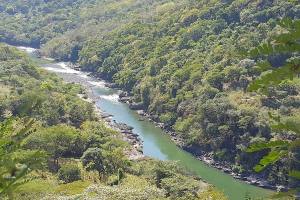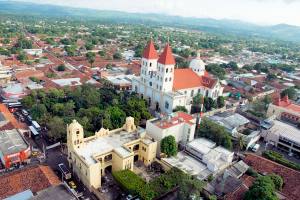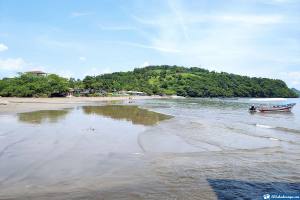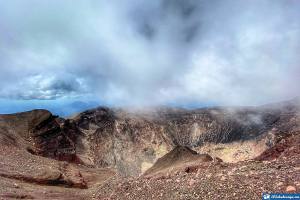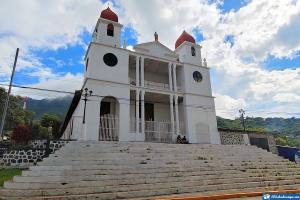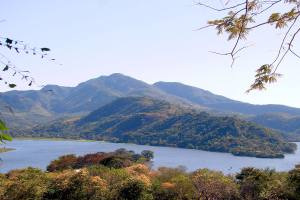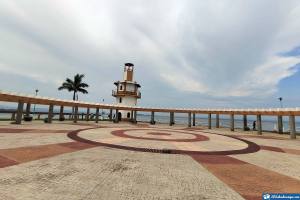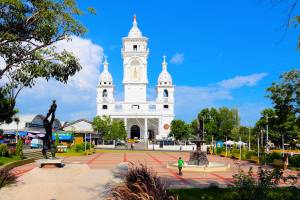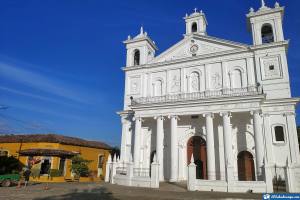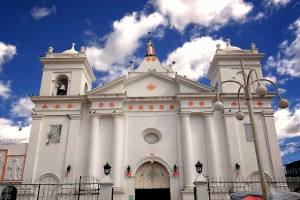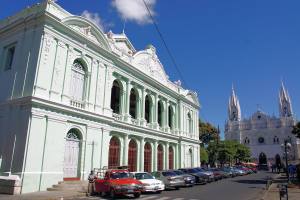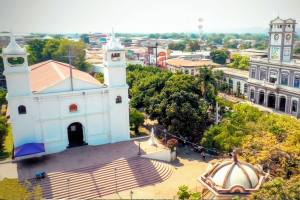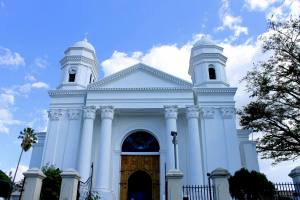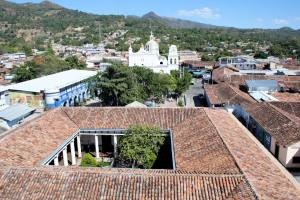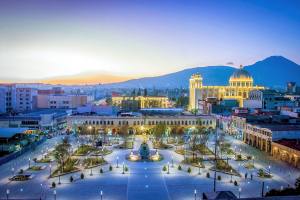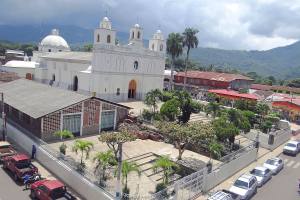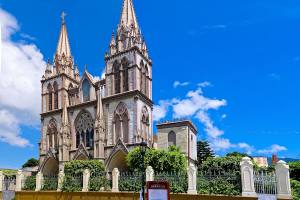Plan your vacations to El Salvador and include in your visit plan the Morazán Department, a place full of history, nature, and beauty.
Touring the attractive spaces of this large Salvadoran town and discovering its environment surrounded by surprising peace and tranquility will make your trip an unforgettable experience.
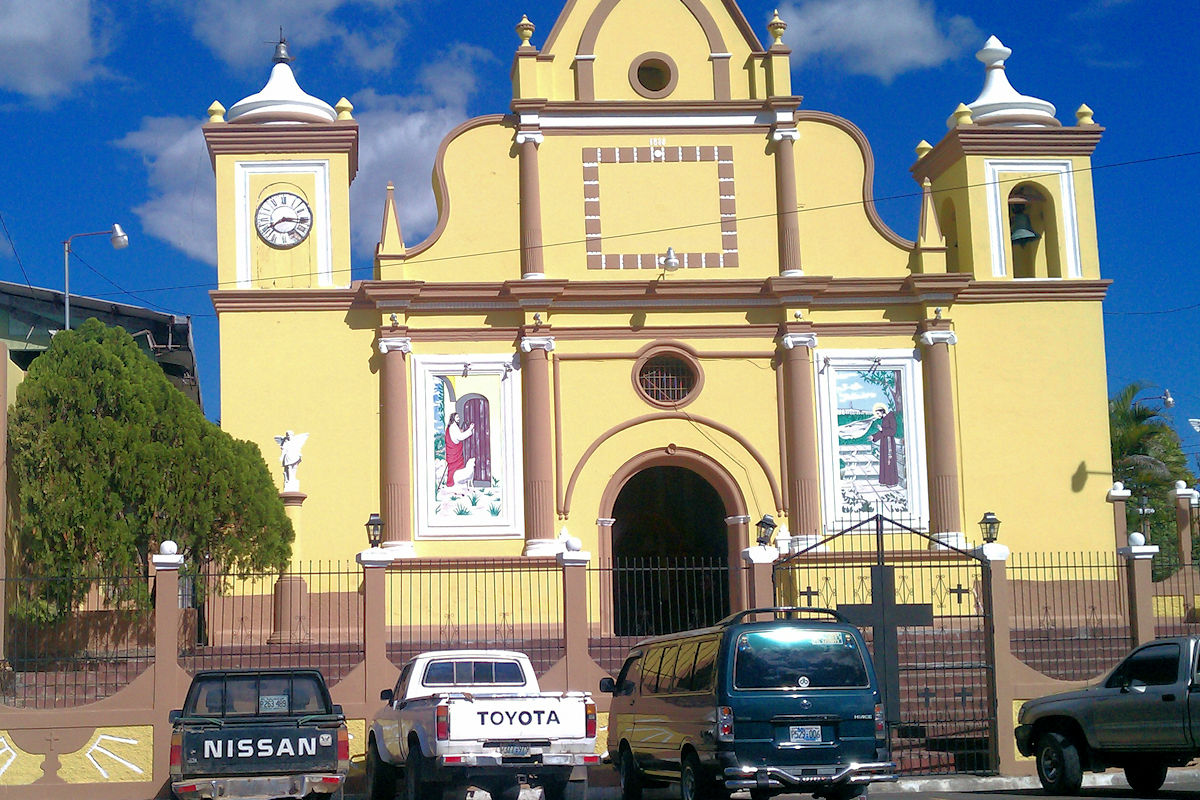
MORAZÁN - Departments of El Salvador. Photo by davidjoviera. Wikimedia Commons.
Data from Morazán
| Country: | El Salvador |
|---|---|
| Category: | Departments |
| Fundation: | 1875 |
| Surface: | 1.447 km² |
| Capital: | San Francisco Gotera |
| Height: | 369 m.s.n.m |
What to see and do in Morazán Department
Perhaps one of the virtual tours to do in Morazán Department is the so-called Peace Route, which includes many towns that were unfortunately involved in the civil war of the 1980s.

However, there we will see spectacular forested areas full of pine trees, waterfalls, and the source of the largest rivers in El Salvador.
And we will not miss the cave of the Holy Spirit with its extraordinary sample of Salvadoran rock art, as well as the hammocks and black pottery, highly appreciated throughout the town.
Likewise, we can enjoy the fantastic fruits offered by Morazán’s lands, avocados, citric fruits, or pineapples, and taste the dishes made from bovine and poultry meats.
Monuments and sites of interest
Many interesting monuments are scattered throughout Morazán Department.
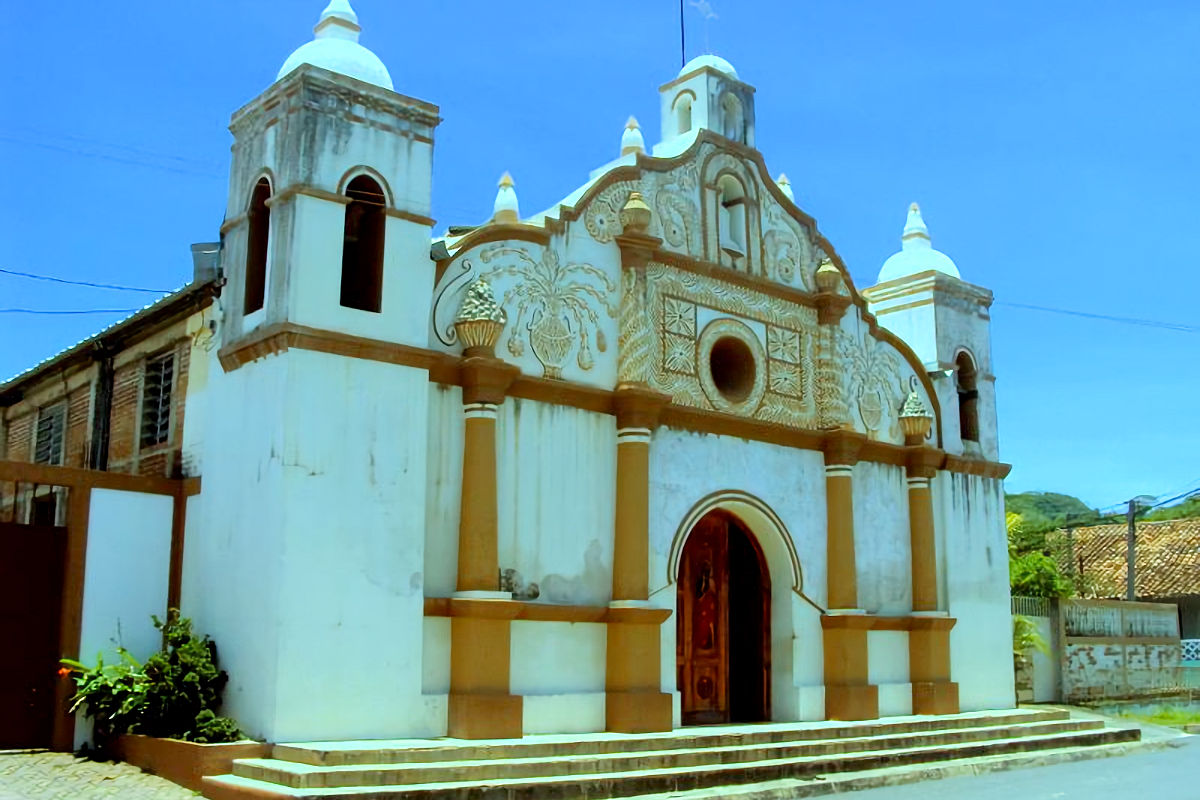
Take the opportunity to visit the characteristic buildings in the historical centers of the various communities. If you go to Cacaopera, go to the Church of the Virgen del Tránsito, and in Jocoro, you can pray at the Church of San Felipe.
You can also take a walk through the colonial streets of San Francisco Gotera, the department’s capital city, enjoying the beauty of its old houses amid an atmosphere of great calm and serenity.
Attractive places to visit
In the middle zone of Morazán Department is the Cordillera de Cacahuatique, part of the Torola River basin. According to experts, its peak is an extinct volcano.
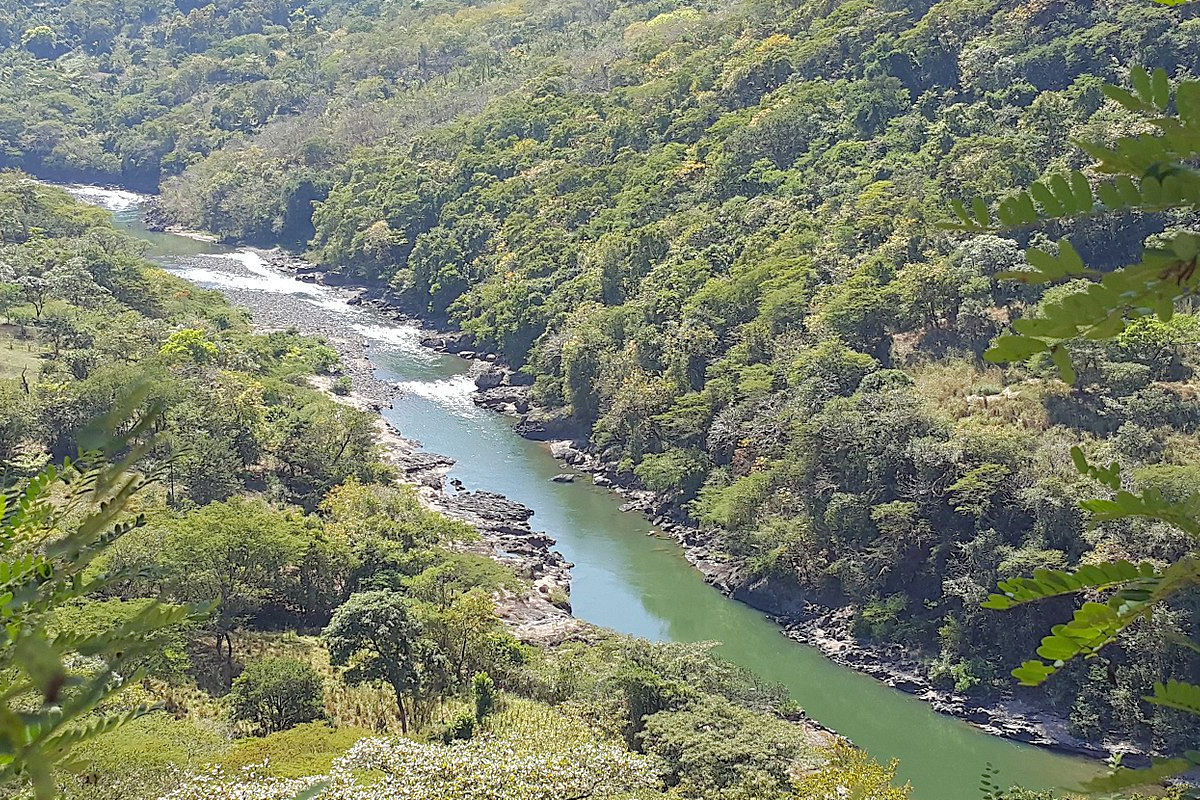
On the other hand, the departmental capital, San Francisco Gotera, shows us La Concordia Park, where we can enjoy peaceful silence. Although if you want to know a more lively space, there is the Plaza Fray Alfredo, built entirely on stone.
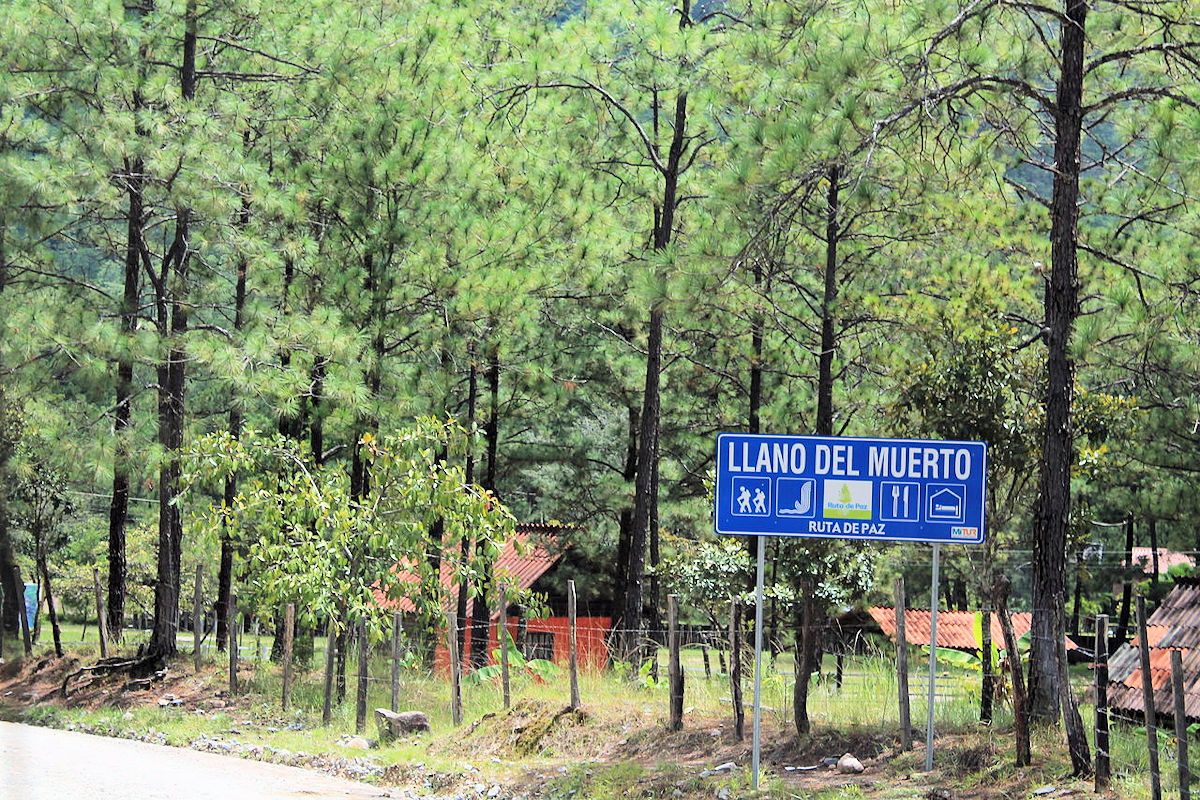
Right there is the church dedicated to San Francisco de Asis.
Destinations near Morazán that you can visit
All the towns that make up Morazán Department have a very personal charm, typical of small villages surrounded by mountains, where the old town has a particular attraction.
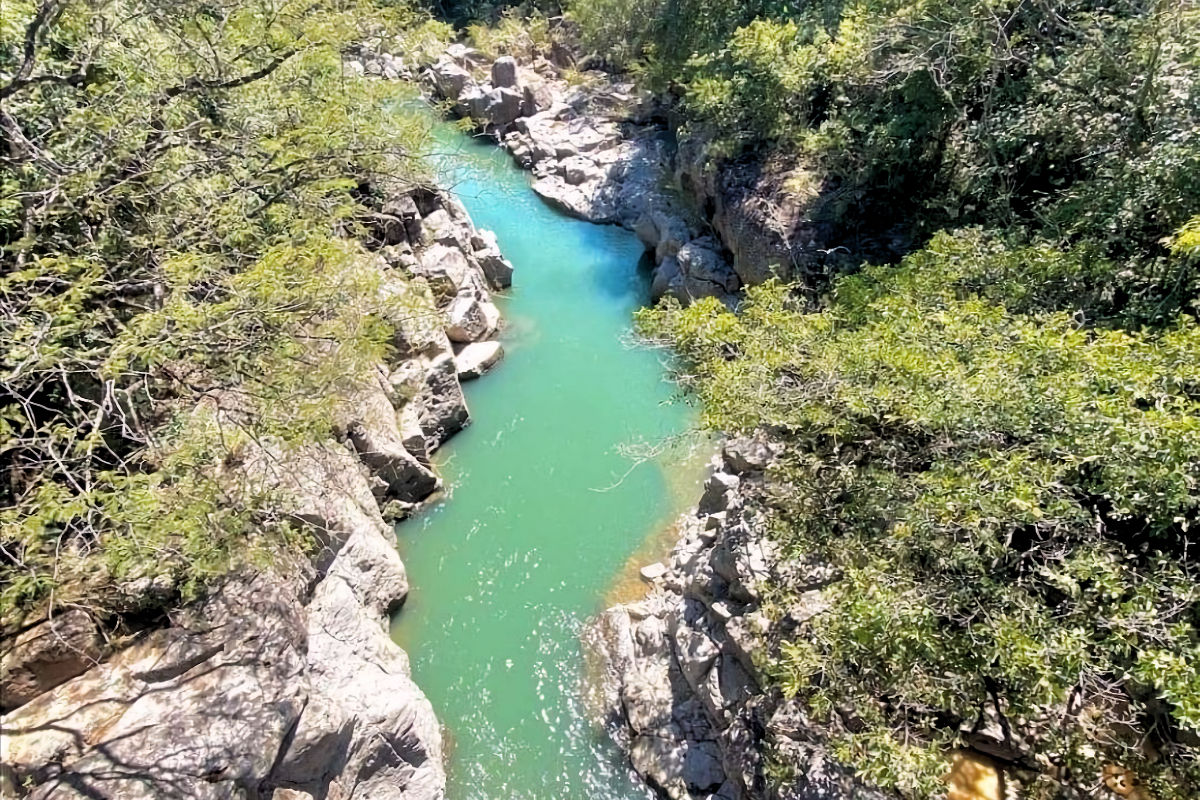
However, among the 12 municipalities that make up the Peace Route, we suggest you visit the town of Arambala, where you will find the Sapo River, with its unalterable turquoise green color.
Likewise, in El Rosario, we recommend you go to the Araute River to enjoy its beautiful waterfall and thermal waters, surrounded by a gorgeous forest full of birds and a good diversity of butterflies.
If you go to Corinto, visit the Cave of the Holy Spirit, declared a National Monument, where there are some powerfully attractive cave paintings.
In the same way as the municipality of Guatajiagua, where the well-known black crafts are, and other ancestral traditions are maintained.
History of Morazán Department
We know that the current Morazán Department was inhabited by indigenous populations in the colonial period but formally born with the name of Gotera in 1875 by order of the then President Santiago González. It has already had the title of “villa” since 1871. Its name was changed to Morazán in 1887 to honor General Francisco Morazán.
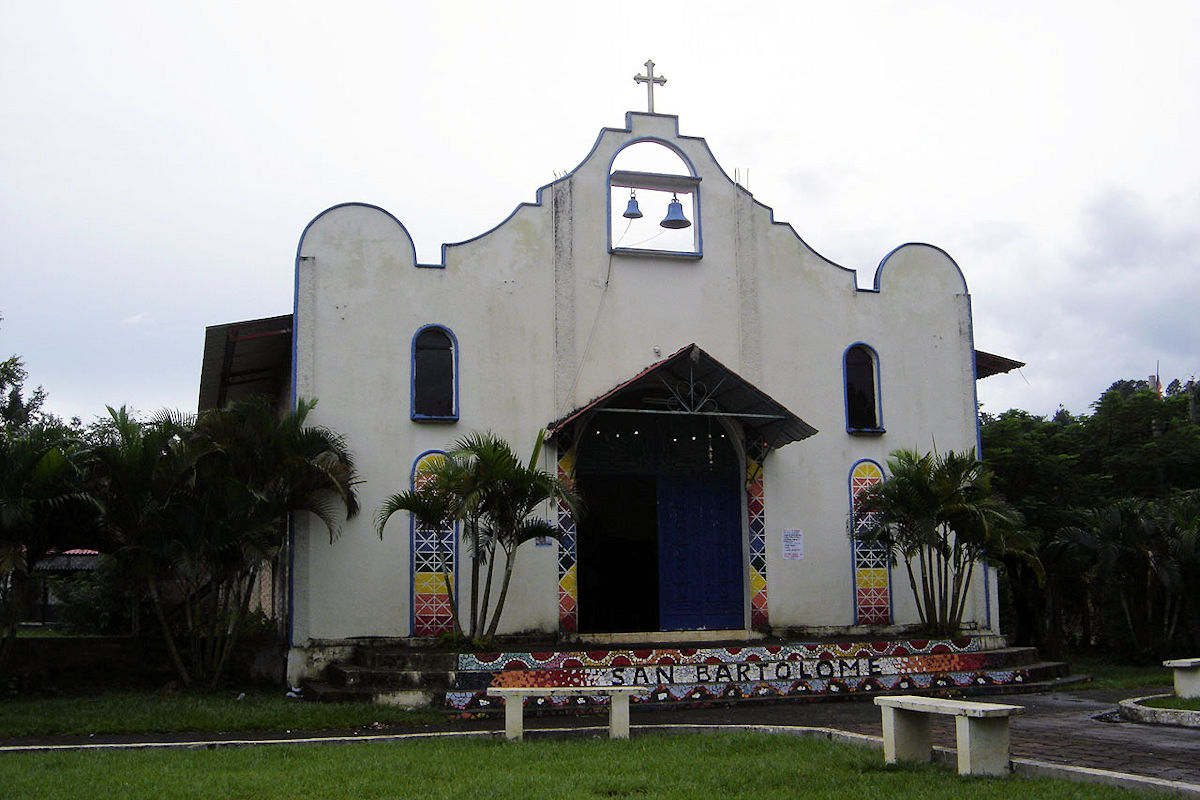
Osicala was the original head or capital of the department until 1877, when it was moved to Gotera, later called San Francisco Gotera, the name it maintains today.
It was an essential defense of the guerrilla while the civil war occurred during the 80s. The cruel and well-known massacre of El Mozote took place in this village in Morazán Department, where it is estimated that about 900 Salvadorans were killed.
Geography and Municipalities of Morazán Department
The beautiful Morazán Department is located in the eastern part of El Salvador, bordering the north with Honduras. In contrast, it connects the Department of San Miguel to the southwest, and to the southeast, it borders La Unión Department.
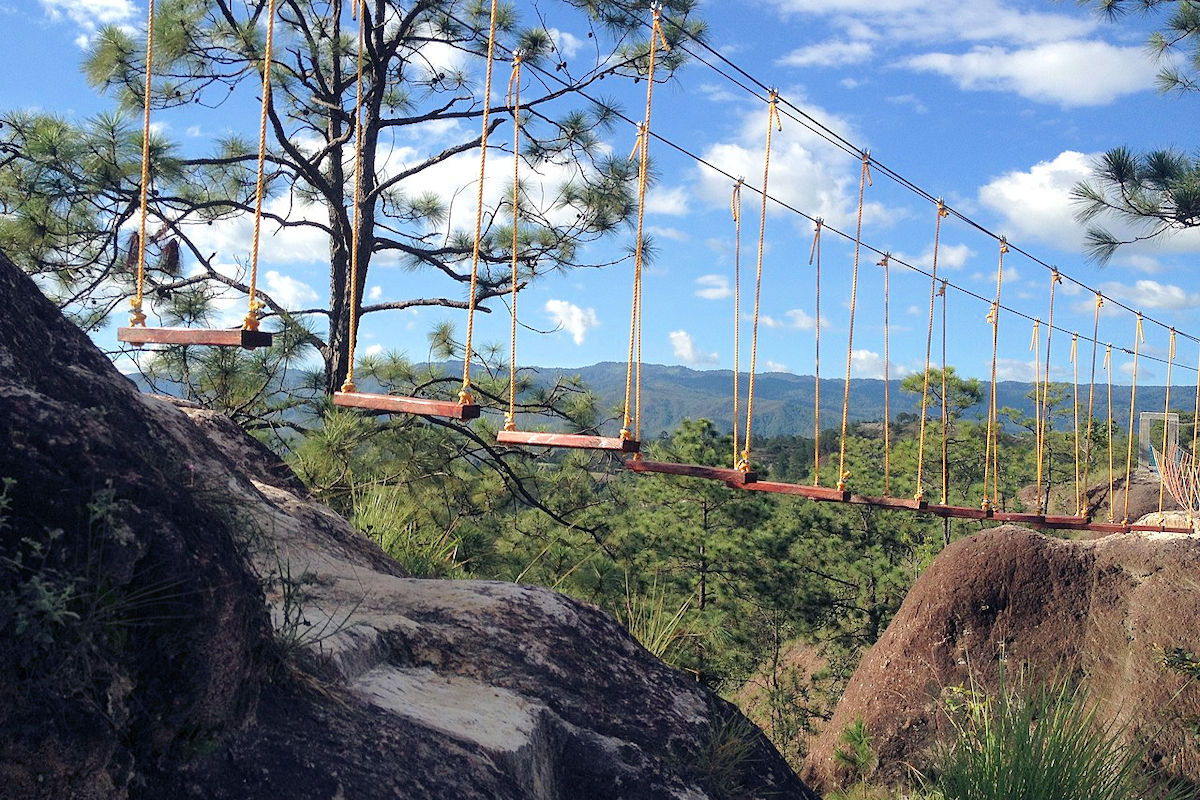
Its territorial extension occupies 1447 square kilometers and has a population slightly above 250,000 people; it has an uneven surface, as we can find large areas with grasslands and, on the other hand, mountains like Cerro El Pericón or Cerro Cacahuatique.
The head of the department, San Francisco Gotera, is located 245 meters above sea level, with a population of 22,000 inhabitants, and at a distance of 168 kilometers from San Salvador, the capital of the Republic.
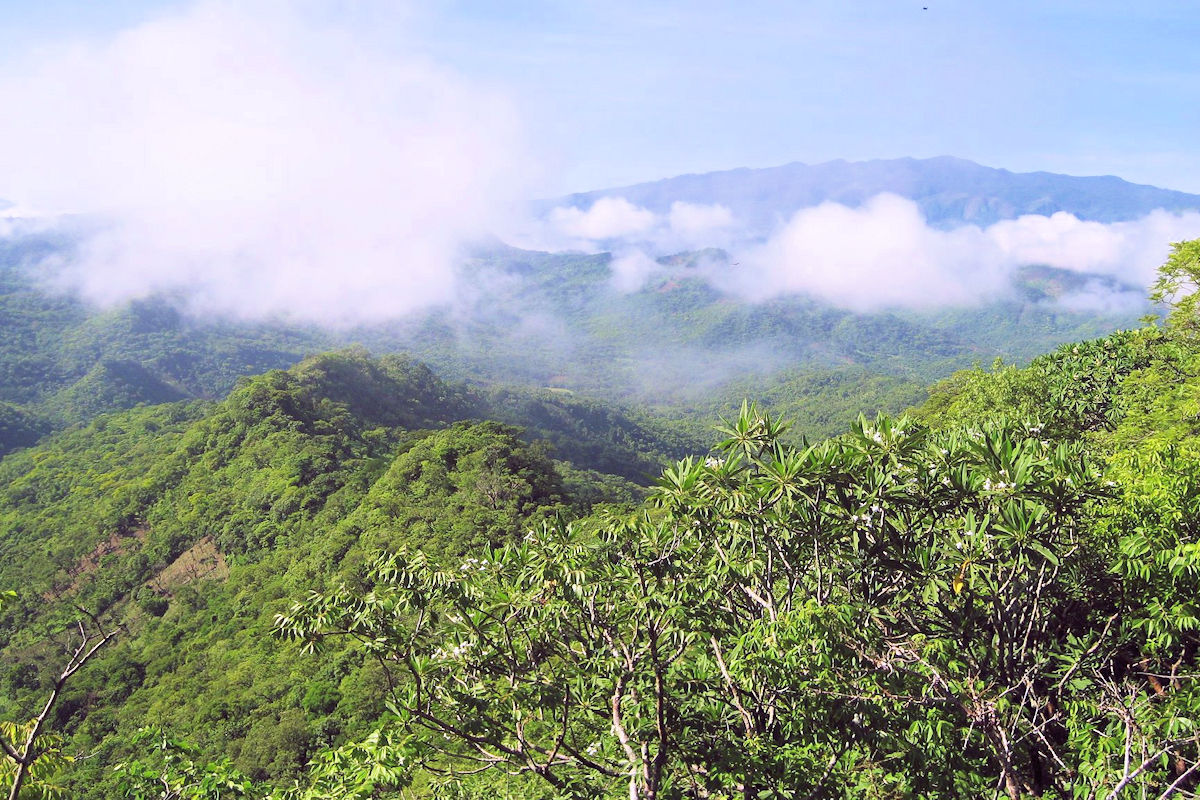
For its administrative control, Morazán Department is divided into three districts which are Ocoatique, Osicala, and San Francisco, and also contains 26 municipalities:
- San Francisco Gotera
- Lolotiquillo
- Yamal
- Yoloaiquín
- Gualococti
- San Fernando
- San Isidro
- Arambula
- Cacaopera
- Chilanga
- Corinto
- Delicias de Concepción
- El Divisadero
- El Rosario
- Guatajiagua
- Joateca
- Jocoaitique
- Jacopo
- Meanguera
- Osicala
- Perquin
- San Carlos
- San Simón
- Sesimbra
- Society, and
- Torola
Each municipality in Morazán Department has a particular attraction. For example, in Chilanga, which in the Lenca language means “the city of nostalgia,” it is recommended to visit the Joya del Matazano Canton and the El Chorrón waterfall.
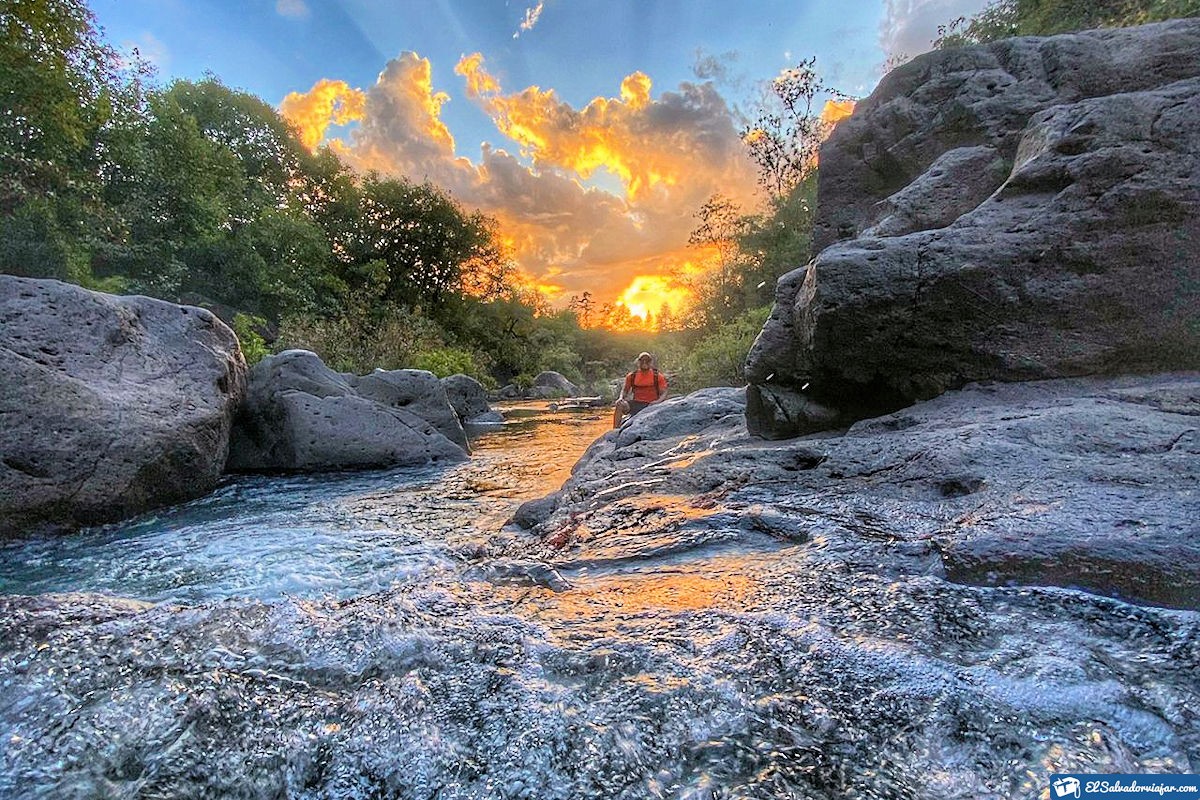
If you pass through Lolotiquillo, take the opportunity to visit Poza La Bruja and Corobán Hill, and if you go to San Isidro, don’t miss the chance to visit the Torola River.
In the municipality of Sociedad, be sure to visit the Cueva de Los Marranos and the Cerro Indio Dormido.
Climate, flora and fauna
Morazán Department has two seasons, winter and summer. Still, practically all year round, the climate is hot, with an average annual temperature of 33°C, while the humidity reaches 70%, and the UV index is 7.
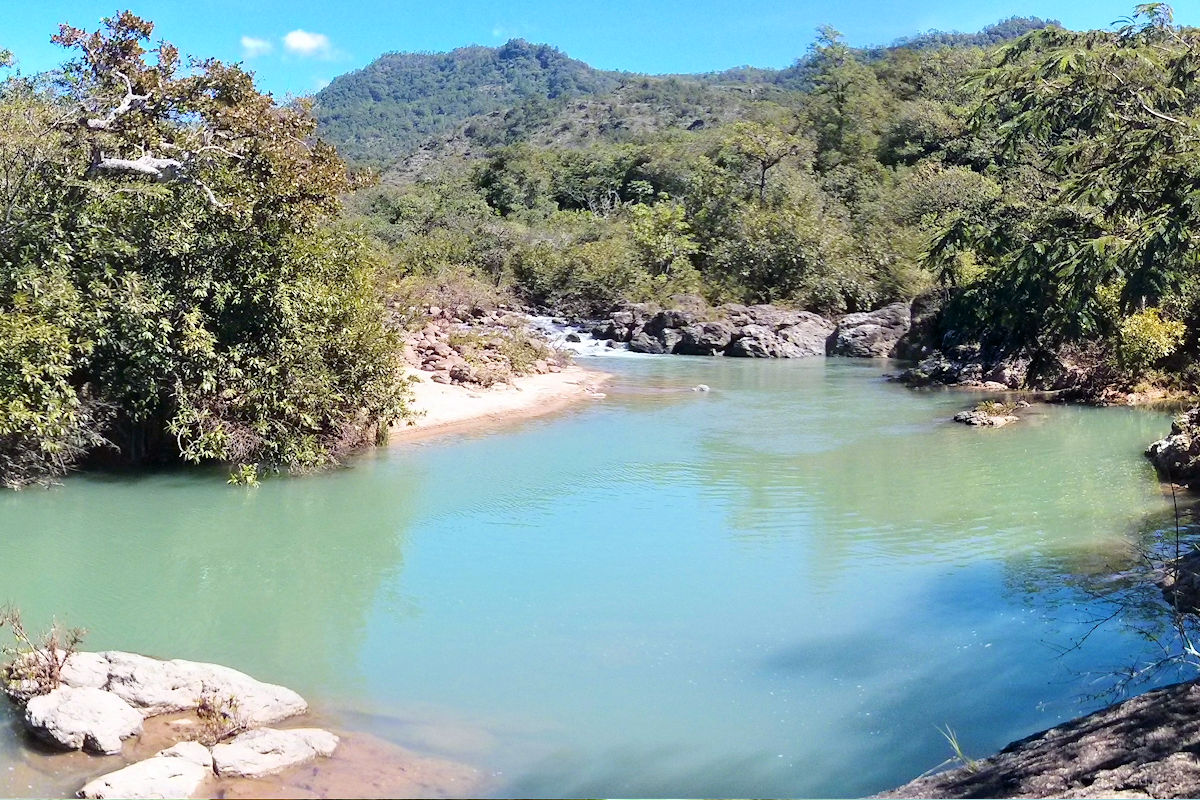
Although the days are hot, at night, the temperature can drop up to 10°C, making the climate more bearable.
The months with more precipitation go from May to October, where the showers can be daily, but this is not an obstacle for you to visit and enjoy the natural benefits of the beautiful Salvadoran land.
The abundance of rivers and streams has made it so pine forests prevail in the north of Morazán, apart from trees such as mahogany, cedar, and balsam, so we will also see otters, deer, reptiles, parrots, herons, and kingfishers.
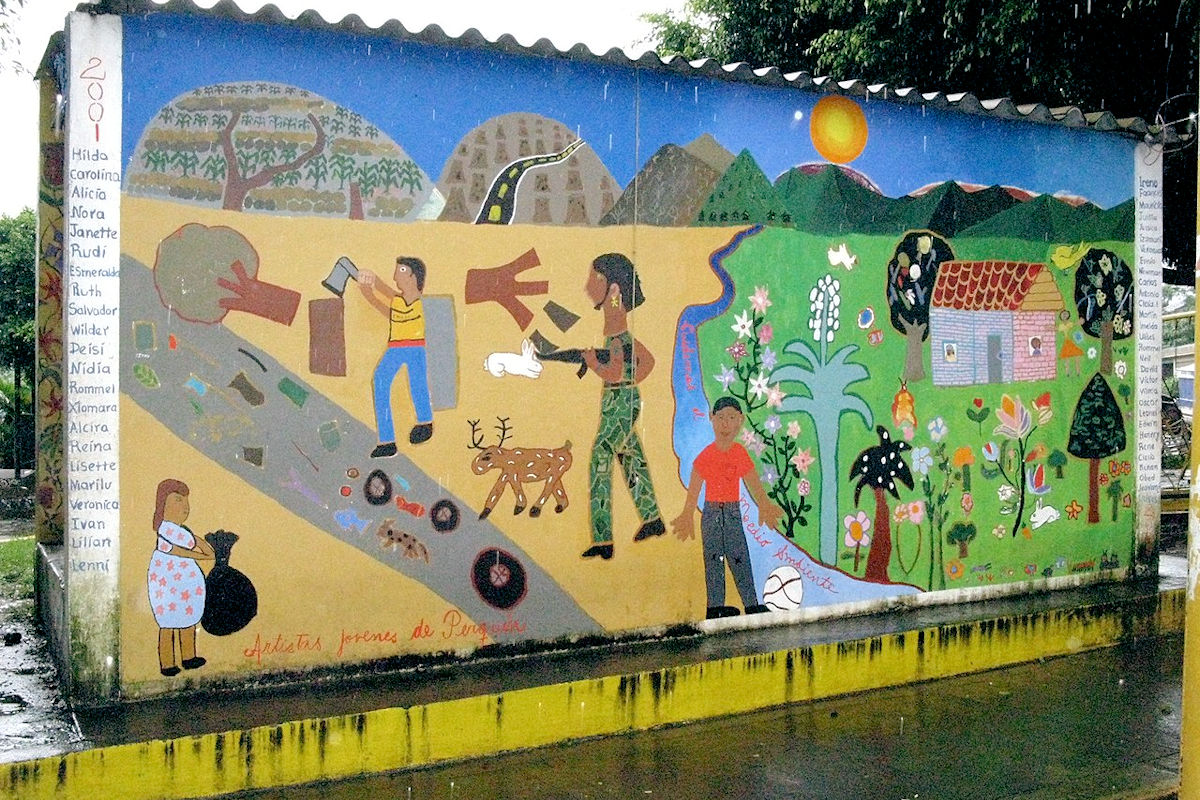
In the lands suitable for cultivation, coffee and sugar cane are produced in general, as well as avocado and citrus fruits; likewise, henequen is planted, a plant from which sisal is extracted to make mats or ropes.
There is a promising industry in cattle and poultry, such as turkeys and chickens.
Culture and customs in Morazán Department
The splendid nature and cultural aspects of Morazán Department are attracting more and more tourists from all over the world interested in learning more about this small country, the Tom Thumb of America.
It’s a traditional Catholic town whose main religious customs are echoed significantly in the Procession of the Holy Sepulcher. In all cities, the devotees line the streets with colorful carpets made from sawdust or salt.
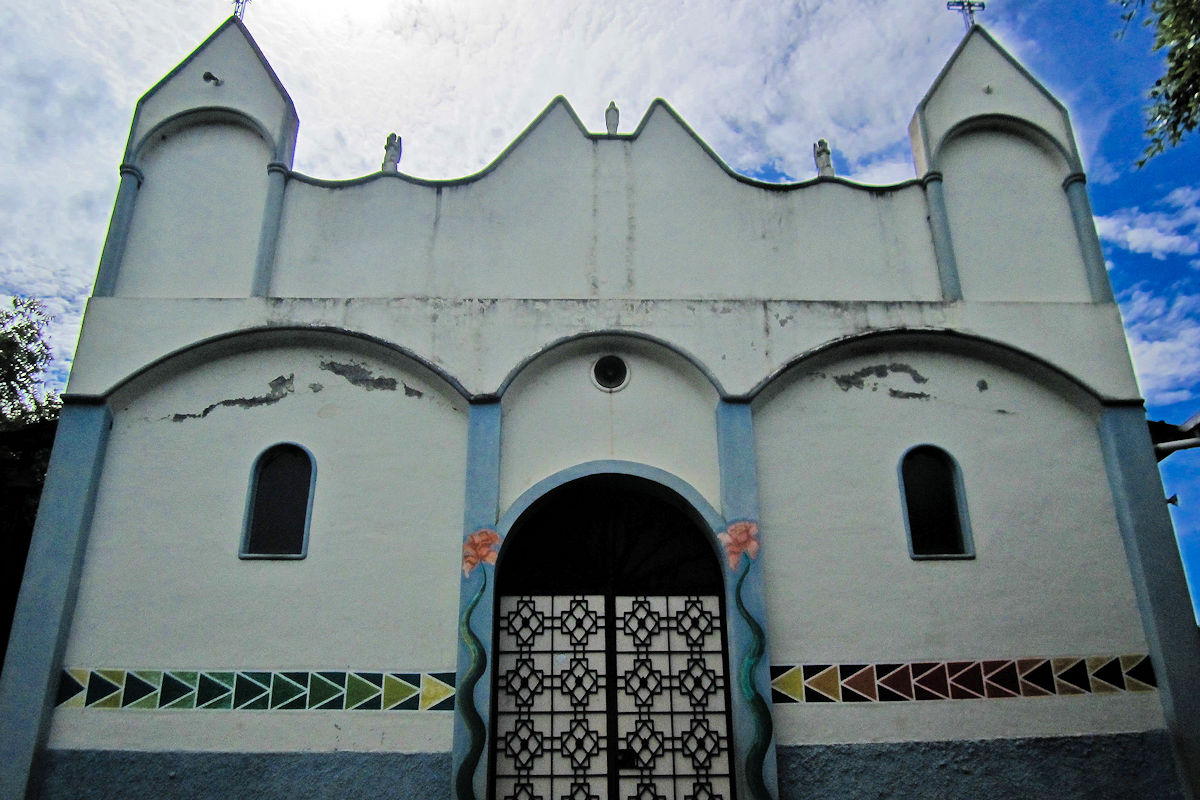
Another custom in which all Salvadorans participate revolves around the Cross of May. In each house, the residents elaborate a cross to place on the patio of their home, which they then decorate with multicolored flowers, paper, and lots of fruits.
Likewise, the Baile de viejos con máscaras is very traditional and aims to show the fusion of different races, where the union between whites, Indians, and blacks is established.
Festivals and Gastronomy in Morazán Department
The most important festival in Morazán Department is its Patron Saint’s Day, celebrated during the first fortnight of October, when the Patron Saint, San Francisco de Asís, is honored. The primary day is the 4th when multiple activities such as parades, masses, and processions are organized.
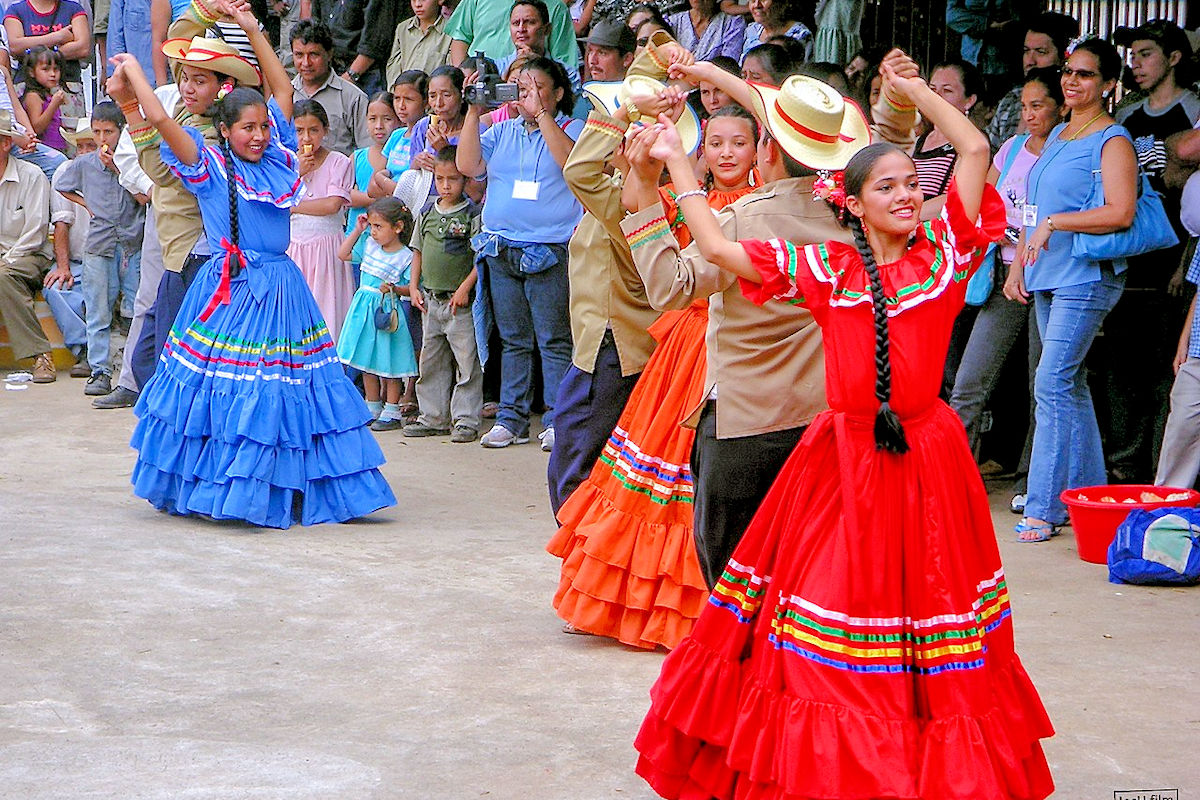
Gastronomy also occupies a prominent place when they take great care in preparing corn tamales, chicken tamales, or even shredded pork or atol chuco. Indian hen soups are also widely consumed.
Along the Ruta de la Paz, tradition dictates that you try dishes made from pork.
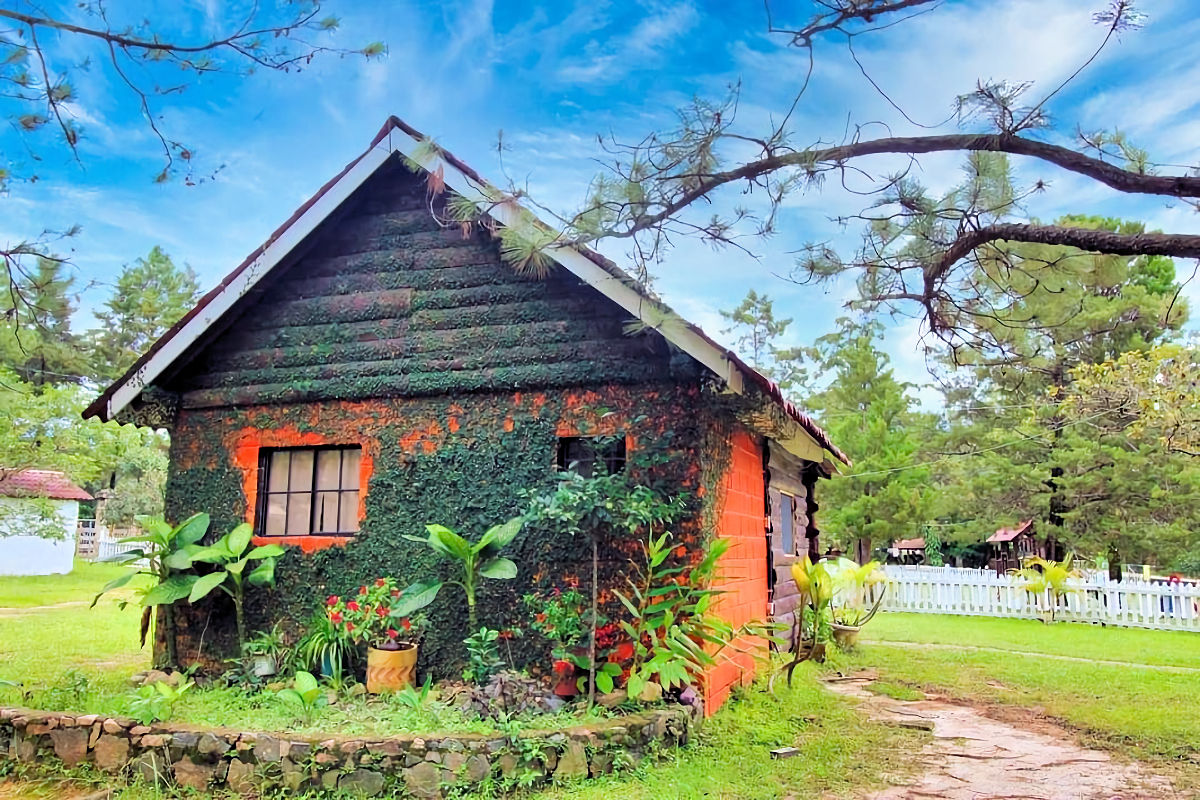
Undoubtedly, a visit to Morazán should be a must in your travel log to El Salvador, where all its landscapes and forests, including waterfalls and rivers, will make you reconnect with life in the outdoors. And as a complement to the journey, taste the rich dishes of its excellent cuisine and take a valuable souvenir product of the handicrafts made with great passion by the masters of the black crafts of this beautiful town.
